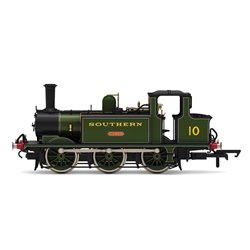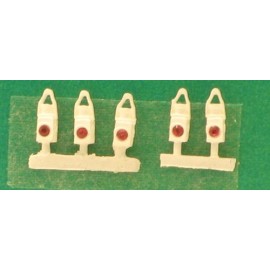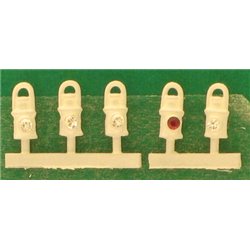Mainline Railways was a British model railway brand that operated between 1976 and 1983, introduced by Palitoy, the...
No products
Product successfully added to your shopping cart
There are 0 items in your cart. There is 1 item in your cart.
Search Tips
What is the Hornby era system for model railway?
The era system was introduced to model railways so that modellers could easily identify what period in history a model's prototype would have been seen in the real world.
Most of us will already know when the majority of locomotives were steaming up and down the tracks, however, it may not be so obvious when it comes to wagons, coaches or buildings, especially when you add in all of the livery variations.
The era system is a list numbered from 1 to 11, with number 1 representing the oldest period in railway history, number 11 representing present day and everything else somewhere in between.
The list's dates and categories vary slightly between model manufacturers and are tinkered with occasionally to accommodate the fast-changing nature of our railways in modern times. Below is the era system as it stands in 2020 by Hornby:
- Pioneering 1804-1869
- Pre-grouping 1870 - 1922
- Grouping 1923 - 1947
- Early British Railways 1948 - 1956
- Late British Railways 1956 - 1968
- British Rail pre-TOPS 1957 - 1971
- British Rail TOPS 1971 - 1986
- Sectorisation 1982 - 1997
- Privatisation 1996 - 2008
- Network franchising 2006 - 2017
- Present day
Click here to receive the tips weekly in your mailbox. You can unsubscribe at any time.










